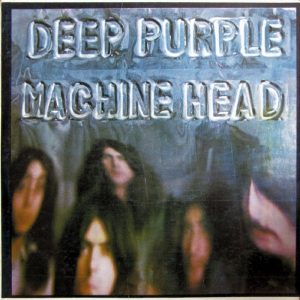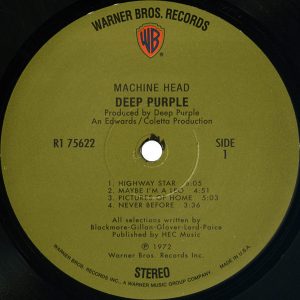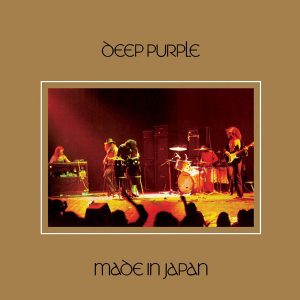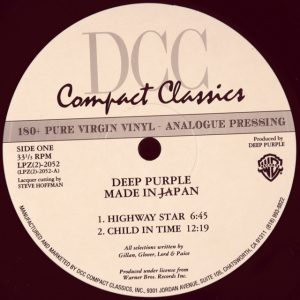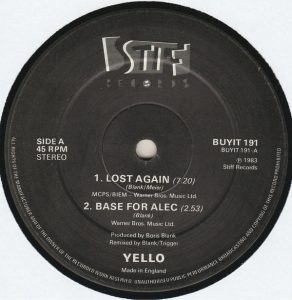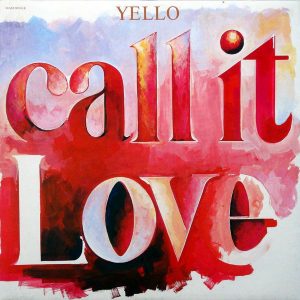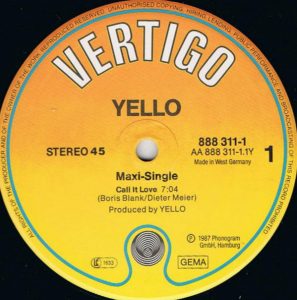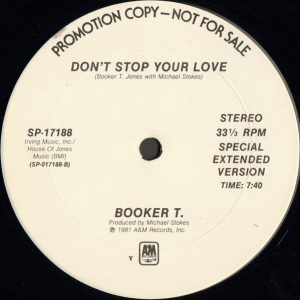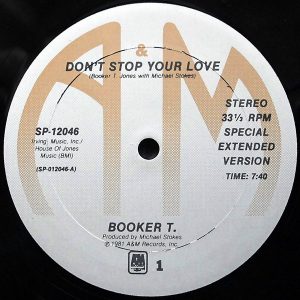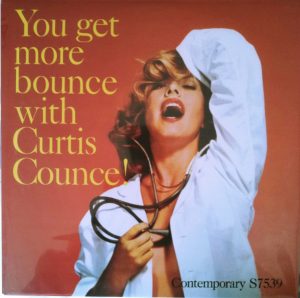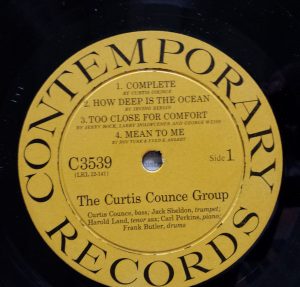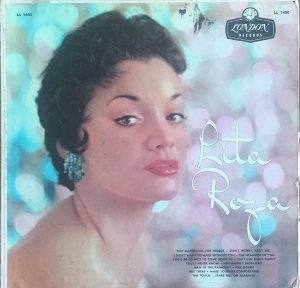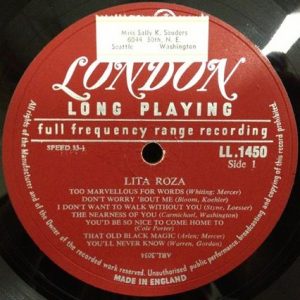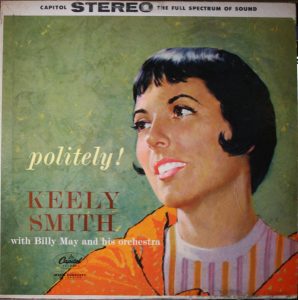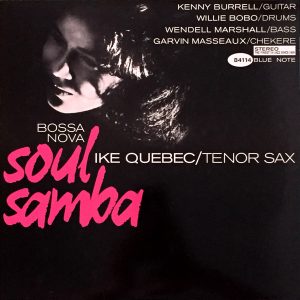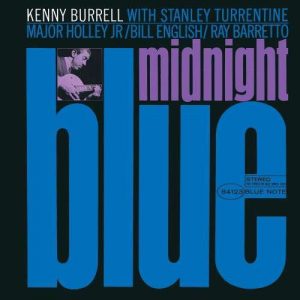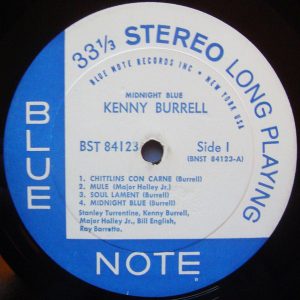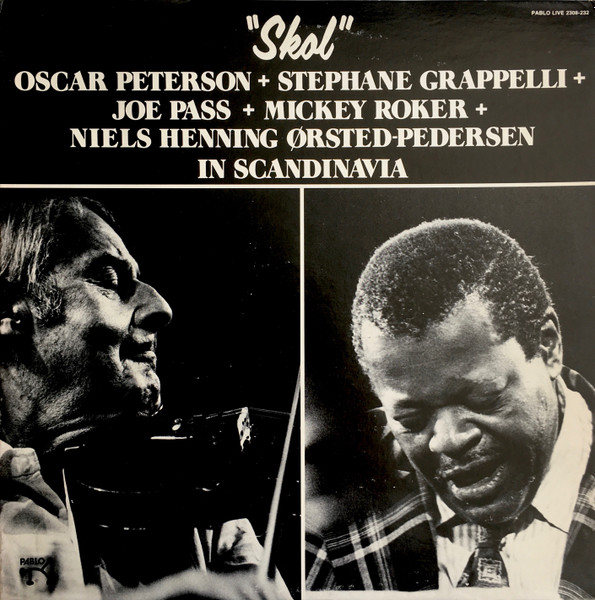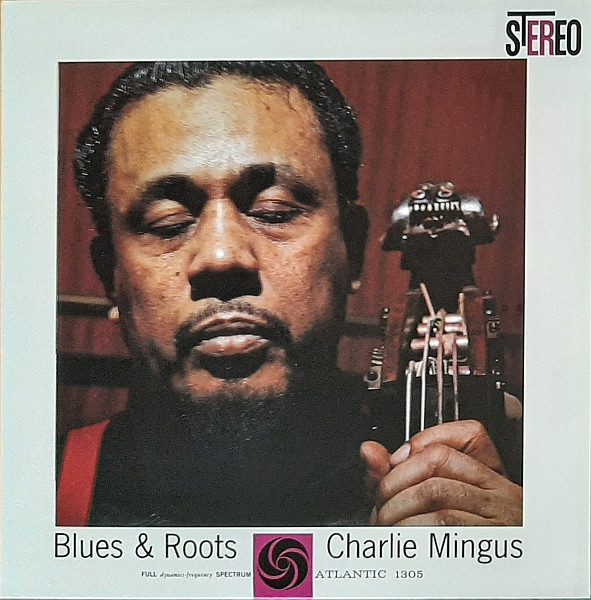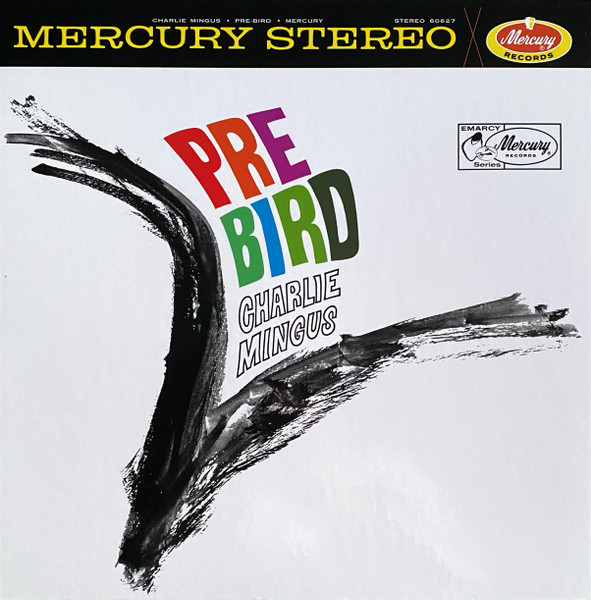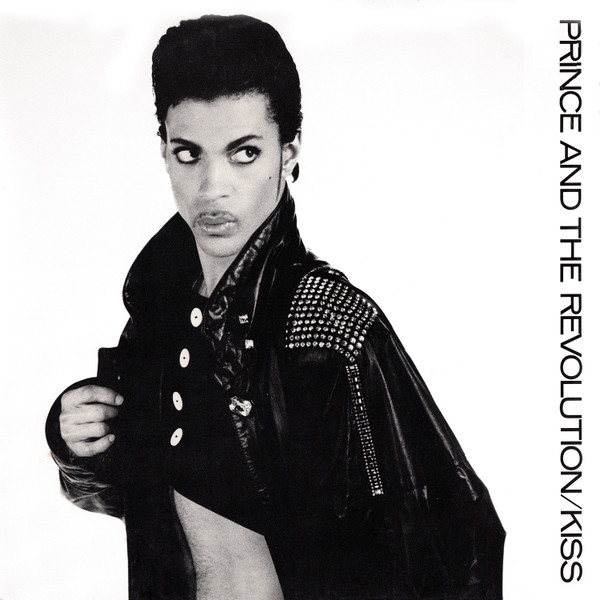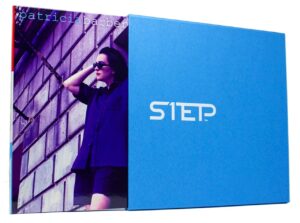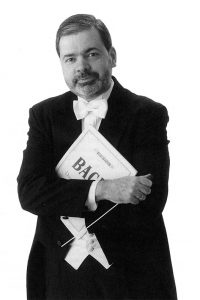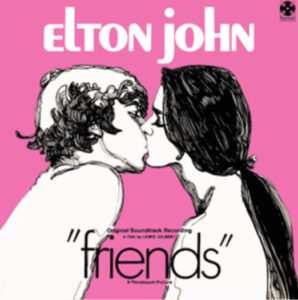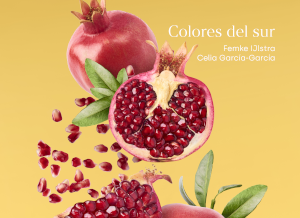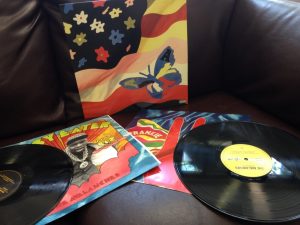This is an ongoing project by Claude Lemaire of Soundevaluations
91. Deep Purple, Machine Head. Purple Records – TPSA 7504 IE 064 (UK) (1972), Warner Bros. Records, Rhino Vinyl – R1 75622 (2006), 33 1/3 rpm. Genre: hard rock, heavy metal, proto-speed metal, blues rock.
"We all came out to Montreux..." Surely one of the most recognizable rock riffs in history, "Smoke on the Water," firing the second side, solidified the English quintet's second and best line-up consisting of: Ian Gillan on vocals and harmonica; Ritchie Blackmore on guitar; Jon Lord on keyboards; Roger Glover on bass; and Ian Paice on drums and percussion. Indeed as a kid growing up in the 1970s, who hasn't been tempted at some point to pick up a guitar to try and find those seven sacred staccato notes? Around its March 1972 release date, Machine Head and the band were displaying their deepest shade of Purple in studio and in concerts around the globe. Assisted by Jeremy (Bear) Gee, British engineer Martin Birch—who ended up working on close to a dozen Deep Purple LPs as well as many Mac, Maiden, and Rainbow records—recorded the band in December 1971 while in Switzerland. After the inspirational infamous fire following Frank Zappa's fiery concert—where they were registered to record the following day—the group relocated to the Pavilion theater for a few basic tracks which soon proved problematic due to neighborly noise complaints. Consequently the remainder of the album was completed at the Grand Hotel with endless cables crawling the floors hooked up to the Rolling Stones' Mobile Studio truck operated by technician Nick Watterton, equipped with a 16-track 3M M56 2-inch tape recorder and mixed on a Helios console—famously used by The Beatles, The Who, and Steve Miller. While "Smoke on the Water" remains their quintessential anthem—and the best sounding song of the album followed closely by the bluesy, and quite dynamic "Lazy"—on equal musical footing, though to a slightly lower sonic prowess is the proto-speed king "Highway Star." Starting side one, and spearheading intricate Hammond organ and guitar solos backed with Bach-inspired arpeggios descending the minor harmonic scale—it presents several key elements predating power and speed metal song structures roughly by a decade. Lastly there is the psychedelic-tinged "Space Truckin'" that shows signs of slight compression converging fast towards the label's smaller radius, building a strong case for the need of a high quality double 45rpm reissue—MoFi are you listening? Unfortunately I do not have an original UK Purple pressing to compare with but Kevin Gray's Rhino remastering and cutting beats my first press Canadian olive green Warner Bros. in every aspect, with nice warm analog non-fatiguing textures and tonal balance. The high hat, snare, kick, and toms are meaty, with superb springiness, snap, dryness, and dynamics especially on the intro of "Smoke..." where the six cascading 4/4 bars build up before the vocals first enter, as well as "Lazy" toying with us through a lengthy roller coaster instrumental intro, the latter containing crunchy overdriven Hammond organ swirling in dynamic shadings, contrasts, and strong soundfield panning. Note that there is nearly no dead wax which is evident in the dulling top end towards both side's endings and unfortunately "Highway Star" lacks a bit of bite, dynamic contrast, and frequency extremes to match the rest of the album.
92. Deep Purple, Made in Japan. Purple Records – TPSP 351, IE 192 o 93915-6 (UK) (1972), DCC Compact Classics – LPZ-2052 (1998), 2x33 1/3 rpm. Genre: hard rock, heavy metal, proto-speed metal, blues rock.
Made in Japan is one of my five favorite live rock albums, and most probably my top choice for sonics alone, along with ELP's Pictures at an Exhibition (MoFi MFSL 1-031) (see selection 19 of my Top 500 SuperSonic List HERE). Recorded in August 1972 at the Festival Hall in Osaka and Nippon Budokan in Tokyo, Japan, this double LP captures the band brimming at the top of their game, hot on the heels of Machine Head's success selected above. Purple-produced, and engineered once again by maestro Martin Birch—with mixing credited to Paice and Glover—it is astounding how great the performances, and sonics coalesce into one gigantic fireball. The show opener fearlessly features a high-octane "Highway Star" delivering drive, force, and solid showmanship, pushing pedal to the metal under maximum horsepower. The temporary calm after the storm comes in the form of "Child in Time" taken from their fourth studio album Deep Purple in Rock (Harvest SHVL 777, 1E 062 o 91442) from 1970—the first for this mark-2 line-up. The smooth mysterious intro showcases the beautiful delicate interplay between the bass, keyboards, and drums, later augmented by Gillan's incredible haunting vocals, slowly building towards a combined crescendo and accelerando. This leads to a brief Ravel-Holst-esque staccato march before unleashing the full fury and power of Paice, Lord, Glover, and Blackmore. The thunderous track appears inspired by Led Zep's cover of "Dazed and Confused" from their 1969 debut album—released a year before Purple's studio version—which follows a very similar song structure. The sound quality on this particular piece resonates with a rare realism thanks to Birch's impressive engineering, along with Steve Hoffman and Kevin Gray's right on the money remastering and all vacuum tube cutting for the now-defunct DCC label. As I've often mentioned this dynamic duo knew how to rock! The sound is very punchy, meaty, and the tone is spot on to turn it way up! The drum kit in general, and cymbals in particular on "Child on Time" are to die for. "Smoke on the Water" follows on the B-side sporting a live-only alteration amid its famous intro riff, and easily living up to the original studio version with a small added adrenaline boost, resulting in record 1 being the best of the two. Side C's lengthier "Lazy" is a bit disappointing when compared with the other tracks of the concert and its superior studio version, while "Space Truckin'" occupies the whole last side, nearing 20 minutes—nearly five times the original–and presents an interesting alternative to its studio counterpart. I did not have an original UK Purple pressing to compare with but strongly doubt it could beat or equal this unfortunately—presently expensive—discontinued DCC copy.
93. Yello, "Lost Again"+"Base for Alec"/"No More Words"+"Pumping Velvet". Stiff Records – BUY IT 191 (UK) (1983), 12", 45 rpm. Genre: electropop, synth-pop, electronica, experimental flirtings, hints of Central European folk.
The Swiss electronic formation created by Carlos Perón, Boris Blank, and Deiter Meier, first emerged on the scene with an obscure single in 1979, then truly rose to prominence in June 1983 with the release of their third album You Gotta Say Yes to Another Excess. Extracted from it are three tracks in addition to "Base for Alec" which originally didn't appear on the LP. Though the latter is worth getting at some point in time, my first recommendation is this 12-inch 45rpm U.K. EP—as it features not only better extended versions but also way superior sound; with solid four on the floor punch pounding the Wagnerian soundstage by experimenting with creatively fierce phase manipulations. The confrontation going on between the clean swirling synths and the harsher, dead center, dirty-chunky riffs is very tactile to the body and senses. Deiter's distinct haunting voice invades our inner space, drumming up drama and foreshadowing Leonard Cohen's flirting with electronica and Central European folk by barely a few years. Tonal balance and dynamics are superb and above average for this music period. Of course the big hit here was "Lost Again" but the three remaining tracks are as captivating in composition and sound design. All songs were composed, arranged, and produced by Blank, while engineered by Swiss mastering engineer Ursli Weber. Denis Blackham aka BilBo cut the lacquer at Tape One in London, England, and the records were manufactured by the CBS Pressing Plant in the historic village of Aston Clinton situated in Buckinghamshire, England.
94. Yello, "Call It Love"/"L'Hotel"+"Call It Love" (Trego snare version). Vertigo – 888 311-1 (Ger.) (1987), 12", 45 rpm. Genre: electropop, synth-pop, electronica.
Taken from their fifth album released four years later, "Call It Love" is another well recorded 12-inch single that merits its place in the List. I have a slight preference for the previous entry both for the musical content which I find a bit more diversified—you do get only two distinct songs here whereas the previous presented four—and darker to my tastes but some may prefer this entry for its more angelic or atmospheric ambiance. Sonically, it is full range reaching down low and equally extended in the top end with ample low mids in between; the sole unusual trait for this music genre would be the emaciated electro kick lost a bit in the mix—though the overall sound envelope remains tonally balanced at all times. The soundscape is typically enveloping and rich in artistic effects blending jungle type sounds with metallic-slap sounding riffs contrasting with Chico Hablas' clean rhythm guitar. Ian Tregoning mixed the tracks—the last one specifically credited to his name in its song title—while the master disc was cut at The Town House in London, England, and pressed at PDO in Germany. The dead wax indicates it is a DMM cut which I usually dislike but in this instance didn't display an overly emphasized hot treble.
95. Booker T., "Don't Stop Your Love" (Special Extended Version). A&M Records – SP-17188 (1981), 12", 33 1/3 rpm, promo. Genre: soulful disco.
Best known as the better part of Booker T. & the M.G.'s—the soul-funky stalwarts from Stax behind major instrumental tracks such as "Green Onions" and "Melting Pot"—Jones had a club/radio hit in 1981 with the disco-ish "Don't Stop Your Love." Sporting soothing soulful vocals reminiscent of an Isaac Hayes or Barry White record, the then thirty-six year old reemerged on the scene, dusting off the dancefloor as the glory days were long gone for disco nights as well as the multi-talented Mr. T. Both sides of this 12-inch single showcases the same song but differs in duration. Side B features the "special extended version" favored to fully benefit from the added breakdowns and buildups not present on side A's edited version. Produced by Michael Stokes—well known for his work with Creative Force in the mid 1970s—and recorded by engineers Don Hahn and Jim Cassell at A&M Recording Studio "B" in Hollywood, CA, this particular promo issue comes from the Columbia Records Pressing Plant in Terre Haute, IN whereas the standard 12-inch A&M single (SP-12046) was pressed by the Monarch Record Mfg. Co. in Los Angeles, CA and puts the extended version on its side A with a different song on side B. After comparison, both sound impressive but my white label promo slightly surpasses the standard issue having incredible punch in the 60 to 80 Hz region—what I designate as the club belly punch—with sharp attack and deep sustain pumping the woofer throughout the track but especially appreciated during the intro and two breaks. The mix and wide tonal balance is absolutely perfect while the VUs swing on the modulated dynamics. One of my favorite early 1980s track.
96. The Curtis Counce Group, You Get More Bounce with Curtis Counce!. Contemporary Records C7539 (1957), Analogue Productions – AJAZ 7539 (2006) (2x45 rpm). Genre: jazz, West Coast, cool jazz, hard bop flirtings.
Often appending "Vol.2" to the LP's title on its back cover, YGMBWCC is the follow up to the quintet's self-titled debut (Contemporary C3526) which comprises the leader on bass, Frank Butler on drums, Carl Perkins on piano, Harold Land on tenor, and Jack Sheldon on trumpet. Staying firmly anchored in West Coast cool territory, there are few surprises; the album presents seven songs performed with finely attuned musicianship. Produced by Lester Koenig, this is one of the first beautifully captured in stereo by—my hero—engineer Roy DuNann between October 1956 and September 1957 at Contemporary's studio in Los Angeles. I don't have the original Contemporary pressing but this Analogue Productions' double 45rpm edition dating from 2006 is outstandingly great. Remastered and cut by Kevin Gray and Steve Hoffman, the sound is a bit more intimate, warmer, and tamer at the very top than usual, yet retains its explosive dynamics with pleasant tonal balance. The trumpet and tenor timbres are to die for; Counce's bass is—not surprisingly—well captured leaning more towards a full roundish wooden tone rather than hyper-articulated; the soft swirling brush rattling of the snare's skin as well as a few startling staccato strikes of its metal rim is refreshing in today's sad world of over and overt compression, and a hard reminder of how perfected the art of recording was already attained back in 1956!
97. Lita Roza, Lita Roza. London Records – LL 1450 (mono) (1956), 33 1/3 rpm. Genre: traditional pop standards, easy listening, vocal jazz.
English singer Lita Roza conjures up fond memories for me, being my lowest price ever paid for a sealed NOS LP which I found in a local record shop for 29 cents back in the mid-1980s. Odysçon opened around 1979, and closed by the end of the following decade—as CDs were slowly taking over vinyl sales and shelf space. The charming spot was owned by Guy Bertrand who previously worked as an A&R executive for Polydor, and CBS in the early to mid 1970s, and prior to that at London Records starting in the mid 1950s. His deep knowledge of the record industry, and associated anecdotes fostered my music-related curiosity, and I owe him much for where I am today. All this to say that there were many NOS "leftover" London, Savoy, and Polydor pressings sitting in the back store bins for under five bucks. These thick London FFRR releases have "Made in England"—indicating the recording origin only—printed on the label, whereas the back cover states "Printed in U.S.A.," and were in fact perfectly pressed in the States to the highest standards, still standing the test of time. Lita's intimate vocal delivery and delicacy is delicious to the ears as well as the sultry sax solos, both highly dynamic and transparent with natural textures throughout. There are some tracks leaning more towards traditional pop-jazz, while others rather fitting under the easy listening nomenclature. One of my all time female vocal sonic reference.
98. Keely Smith with Billy May and His Orchestra, Politely!. Capitol Records – ST 1073 (1958), 33 1/3 rpm. Genre: traditional pop standards, vocal jazz, swing.
Politely! presents American pop and jazz singer Keely Smith backed by Billy May and His Orchestra mixing mid-tempo standards and ballads for Capitol's Full Spectrum of Sound. Married at one time to musician-entertainer-band leader Louis Prima—both part of the 1950s Las Vegas lounge scene circuit—her singing is more poised than sultry with a style, spirit, and sound synergizing Sinatra's swingin' sessions to a tee. My mono Canadian first press (Capitol T-1093) is great, and sounds sweeter especially in her vocals than the original US stereo version but the latter shows significantly deeper bass, bringing more majesty along with a wide soundstage, beautiful floating string tone, and exciting dynamic brass burst. In addition, there are tiny musical sounds that appear in the stereo soundfield that seem camouflaged in the mono mix. So it is a bit of a toss-up between both versions but forced to pick only one, I would stick with the stereo for the fuller tonal balance and the noted benefits while accepting a slight vocal thinning—which is why in the end I am glad to have one of each depending on my mood. This is Smith's second solo release following her debut I Wish You Love (Capitol T-914 or ST-914) and preceding Swingin' Pretty (Capitol ST-1145), both of which are also excellent LPs, and worth getting at some point.
99. Ike Quebec, Bossa Nova Soul Samba. Blue Note – BST 84114 (1962), Classic Records – ST 84114 (1997) 33 1/3 rpm or Analogue Productions – AP-84114 (2009) (2x45 rpm). Genre: bossa nova, latin jazz, soul jazz.
You would think that being from Québec, I would have heard of Ike Quebec long before 1997 came along, and yet it took Classic Records' reissue to further enrich my musical heritage. This title, closely followed by Kenny Burrell's Midnight Blue (see below), were the two last Blue Note releases—numerically speaking—that I acquired from Classic back in the day. I tend to tie them together; no doubt due to Burrell's dual performance. Aside from the latter—as with the vast majority of Blue Note records of that era—Rudy Van Gelder engineered both releases. But contrary to usual, BNSS does not share the typical RVG signature sound wherein the upper mids and treble are prominently placed front and center while the bass is rather flatly compressed. In fact this recording represents what is probably the warmest, most intimate, tonally balanced RVG-Blue Note-Grundman remastered release I know of. Quebec's tenor sax is closely captured combining warmth with the requisite bite to insure sufficient definition despite a faint fuzz or smudge to the textures–the very opposite of a clinically clean, cool, and contrived sound. Burrell's gifted guitar performance perfectly complements this Latin-flavored jazz by infusing subtle soulful touches to the delicate mix. Wendell Marshall's bass, Willie Bobo's drums, and Garvin Masseaux's Shekere secure a charming recording session, perfect for those special occasions. I do not own an original Blue Note pressing for this title to compare with but based on many past comparisons between original deep groove RVG cuttings and BG-cut Classic Records reissues, I generally preferred the latter, be they mono or stereo versions, finding them a bit cleaner, and more extended in both frequency directions. I did though had the chance to compare the Classic 33 1/3 rpm with the 2009 double 45 rpm Analogue Productions remastered by Kevin Gray and Steve Hoffman a few years ago, and if my memory is still intact, found the latter slightly airier in the top end—especially in the Shekere's shaking, and a whisker cleaner in the sax. That said the usual disparities between Grundman vs Gray-Hoffman tonal presentations were much less apparent than expected.
100. Kenny Burrell, Midnight Blue. Blue Note – BST 84123 (1963), Classic Records CRBST 84123 (2005) 33 1/3 rpm, 200g or Analogue Productions – AP-84123 (2008) (2x45 rpm). Genre: jazz, hard bop.
As mentioned just above, Midnight Blue brings Burrell back into the spotlight; this time as leader of a quintet featuring tenor saxophonist Stanley Turrentine, backed by drummer Bill English, bassist Major Holley Jr., and Ray Barretto on congas in more traditional jazz territory. As with the previous entry, Kenny's guitar tone, texture, and playing is simply exquisite for the senses, filled with delicate dexterity, and colorful nuances, showing the mark of a true genius. The conga in the opening track is very transparent and tangible. The album's tempo shifts between smooth and swingin', embracing a 1960s spy-swagger which wouldn't feel out of place in a Pink Panther/Matt Helm motion picture. Like the Bossa Nova Soul Samba LP (see above), the tonal balance is warmer, intimate, and less compressed than typical RVG Blue Notes, as well as Grundman remasterings. I did not have an original Blue Note pressing to compare with nor the 2008 Analogue Productions double-45rpm remastered by Gray and Hoffman but based on experience I doubt an original RVG would surpass or equal the BG-cut Classic edition. On the other hand, the AP cut at 45 rpm stands a real fighting chance—plus most online forum comments seem very positive, which is why I can cautiously recommend it. Neither have I heard the 2014 Music Matters 33 1/3 rpm cut at Cohearent Audio by Gray and Ron Rambach.
A final note: Now don't go 'bonkers' if you have not found your favorite recording included in this List, just remember: we are still in the first fifth of a long long journey...into sound.
For more from Claude Lemaire go to his blog...
http://soundevaluations.blogspot.ca/




